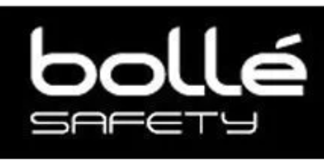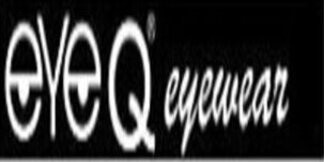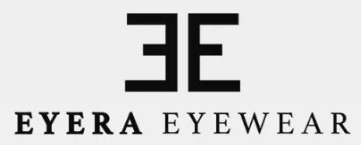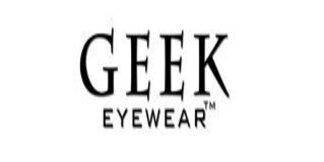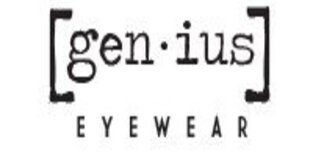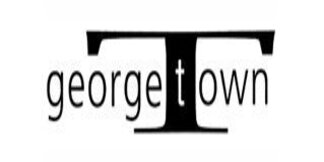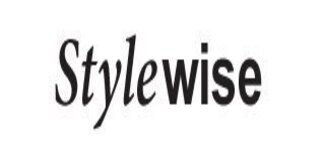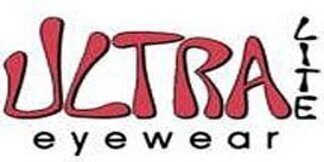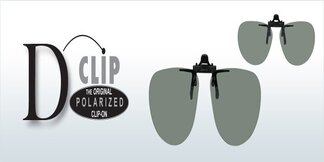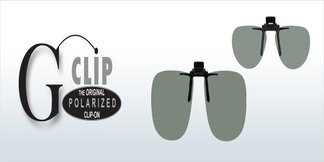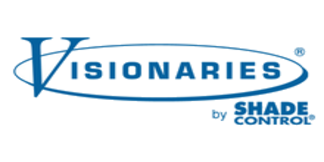
You’ve gone to the optometrist, had your eye exam, and now it’s time to get your prescription. When you look at it, though, you’re perplexed—what do all these letters and numbers mean? How do they tell you what kind of glasses you should get? How to Read your Eyeglasses Prescription?
Not to worry. Eye prescriptions can be confusing, but we’ll explain all of their different parts so you know how to read one. Not only will it help you understand your eyewear better, it also makes for an extremely practical party trick.
Your Glasses Prescription, Explained
Whether it’s on paper or digital, your eye prescription probably looks like a small grid or chart with rows, columns, and cells. Confusingly, the chart incorporates a mix of letter abbreviations, positive and/or negative numbers, and full words.
What do they all mean? Consult our glossary below to tackle each element, then take a look at our example eye prescription chart to apply your knowledge and learn How to Read your Eyeglasses Prescription.
Eye Prescription Abbreviations
OD: Your right eye. OD stands for oculus dexter, which is “right eye” in Latin. We get the words dextrous and dexterity from the same root!
OS: Your left eye. OS stands for oculus sinister, which is “left eye” in Latin. We promise there’s nothing more morally sinister about your left eye than your right—in this case, the word is merely referring to direction.
OU: Both of your eyes. OU stands for oculus uterque, which is “both eyes” in Latin.
NV: Near vision (seeing things close-up).
DV: Distance vision (seeing things far away).
PD: Pupillary distance. Your pupillary distance is the distance between your pupils! It’s a handy measurement that helps align the center of the lens with the center of your pupils so that you have the most accurate vision possible. Your pupillary distance can be measured in a number of ways, including manually or with a specialized device called a pupillometer.
In an ideal world, your eye doctor will include your PD on your prescription every time. But not all doctors do this.
SPH: Sphere. In this case, “sphere” means that the correction for nearsightedness or farsightedness is spherical—as in, equal in all meridians of the eye. You’ll see numbers listed in the SPH column, and we’ll get to those next…
Eye Prescription Scale
Diopters: Any numbers you see in the “Sphere” or “Cyl” column of your eye prescription stand for diopters. A diopter is a unit of measurement, like a gram or an ounce. Instead of measuring mass, however, diopters measure the refractive power of a lens. You’ll see larger numbers (more optical power!) if your prescription is higher and lower numbers if your vision doesn’t need as much help from glasses or contacts.
It’s important to note that these numbers proceed in either direction on a number line—they can be positive or negative, based on the type of refractive error in your eye. If you don’t need glasses at all, you wouldn’t need any optical power from lenses: 0 diopters.
Negative Numbers: If you see a minus sign in front of a number, that indicates nearsightedness, or myopia. Someone with -3 diopters of nearsightedness, for example, might have trouble reading words on a chalkboard from far away.
Positive Numbers: If you see a plus sign in front of a number, that indicates diopters that will correct farsightedness, or hyperopia. Someone with +3 diopters of farsightedness, for example, might struggle to read text that’s very close to their face.
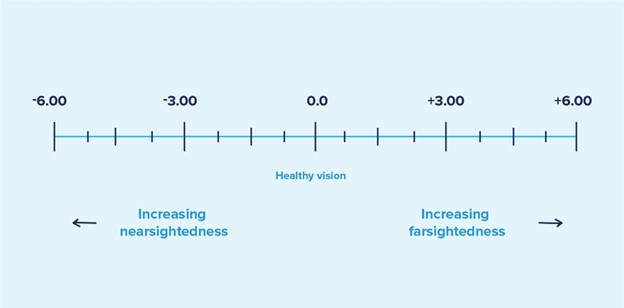
Other Terms on Your Eye Prescription
Depending on the kinds of lenses you need, you may see other terms on your eye prescription, including:
CYL or Cylinder: This term is only relevant to people with astigmatism, and refers to the lens power needed to address it. Astigmatism means your eye’s cornea or lens is not completely spherical. Therefore, patients with astigmatism need cylindrical rather than spherical vision correction. (If there’s no number associated with this term on your prescription, then you have no astigmatism to correct!)
Axis: Again, this is for people with astigmatism. It’s the number (from 1 to 180) on your prescription that determines the orientation of your astigmatism correction. Axis is measured in degrees, not diopters. The cylinder and the axis always go together—you can’t have one without the other!
Add: Additional magnification. If you have age-related presbyopia, you may have difficulty reading text close up, and can reserve a section of your glasses lenses for some added magnifying power. It’s sort of like having reading glasses built into your regular ones.
Prism: Sometimes, eyes don’t move in alignment with one another, resulting in symptoms such as double vision. (One disorder that causes eye misalignment is strabismus, commonly known as “crossed eyes.”)
To account for this condition, your doctor can add a prism to your lenses. The prism is placed in a certain position and orientation based on your prescription, which will also notate the direction of the prism’s thickest edge, or base.
- BU: base up
- BD: base down
- BI: base in
- BO: base out
The prism will also have its own refractive strength, measured in prism diopters.
Expiration Date: Your eye prescription probably won’t be the same forever—it’s important to have your eyes examined regularly to make sure they’re seeing as best as they possibly can.
Eye prescriptions are normally valid for a year or two before they expire (the exact time period can vary depending on state laws). After that, you’ll need to renew it by scheduling an eye exam. Hope this will help you learn How to Read your Eyeglasses Prescription?
View our collection of Prescription Designer glasses and Prescription safety glasses.


